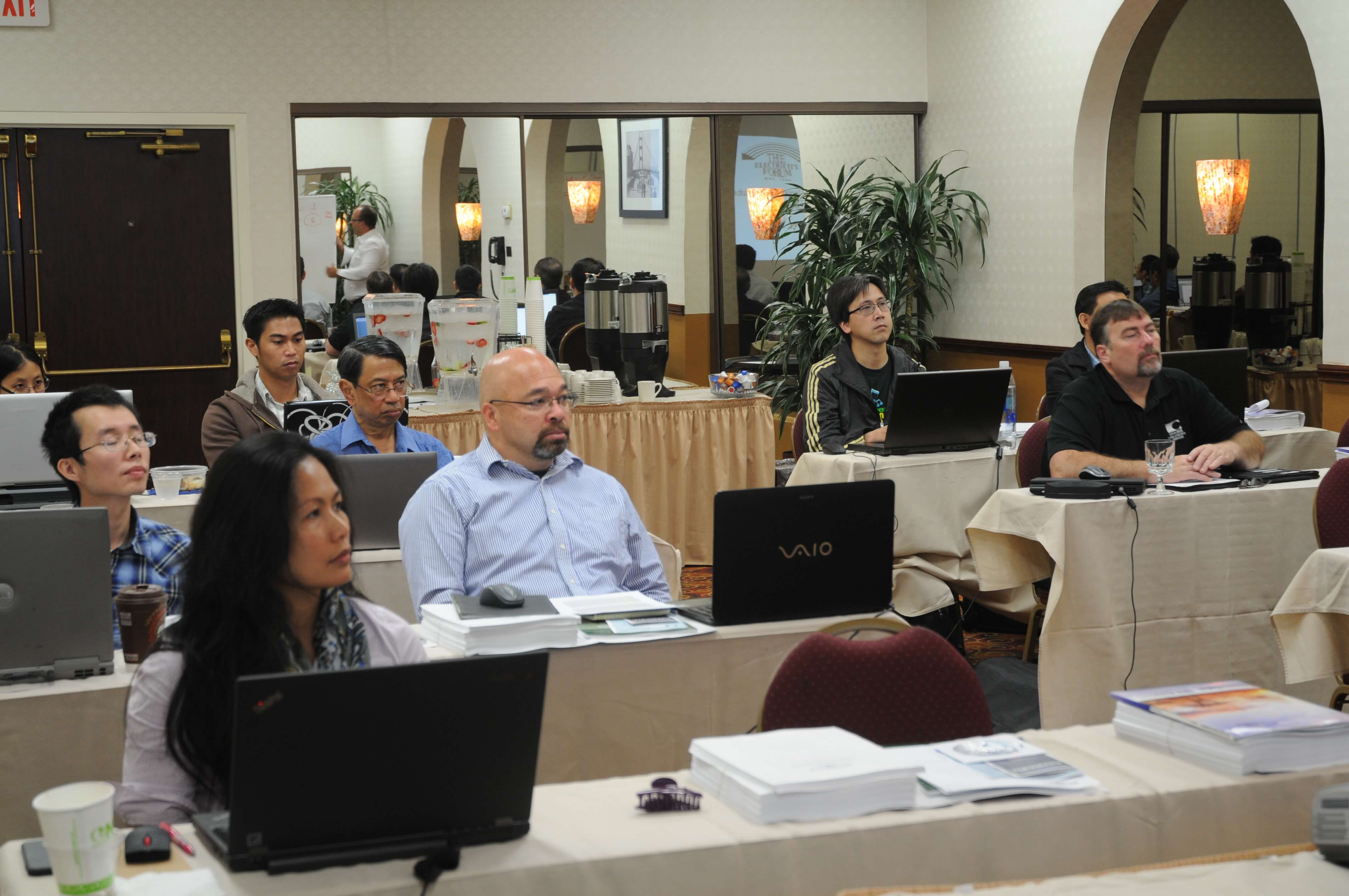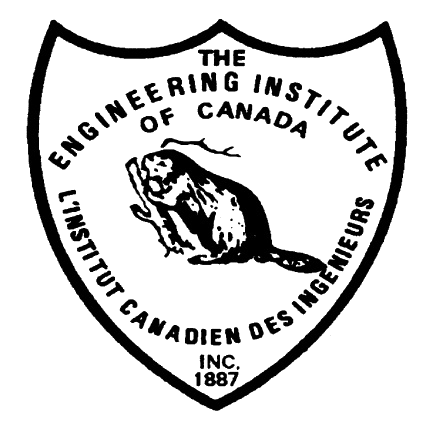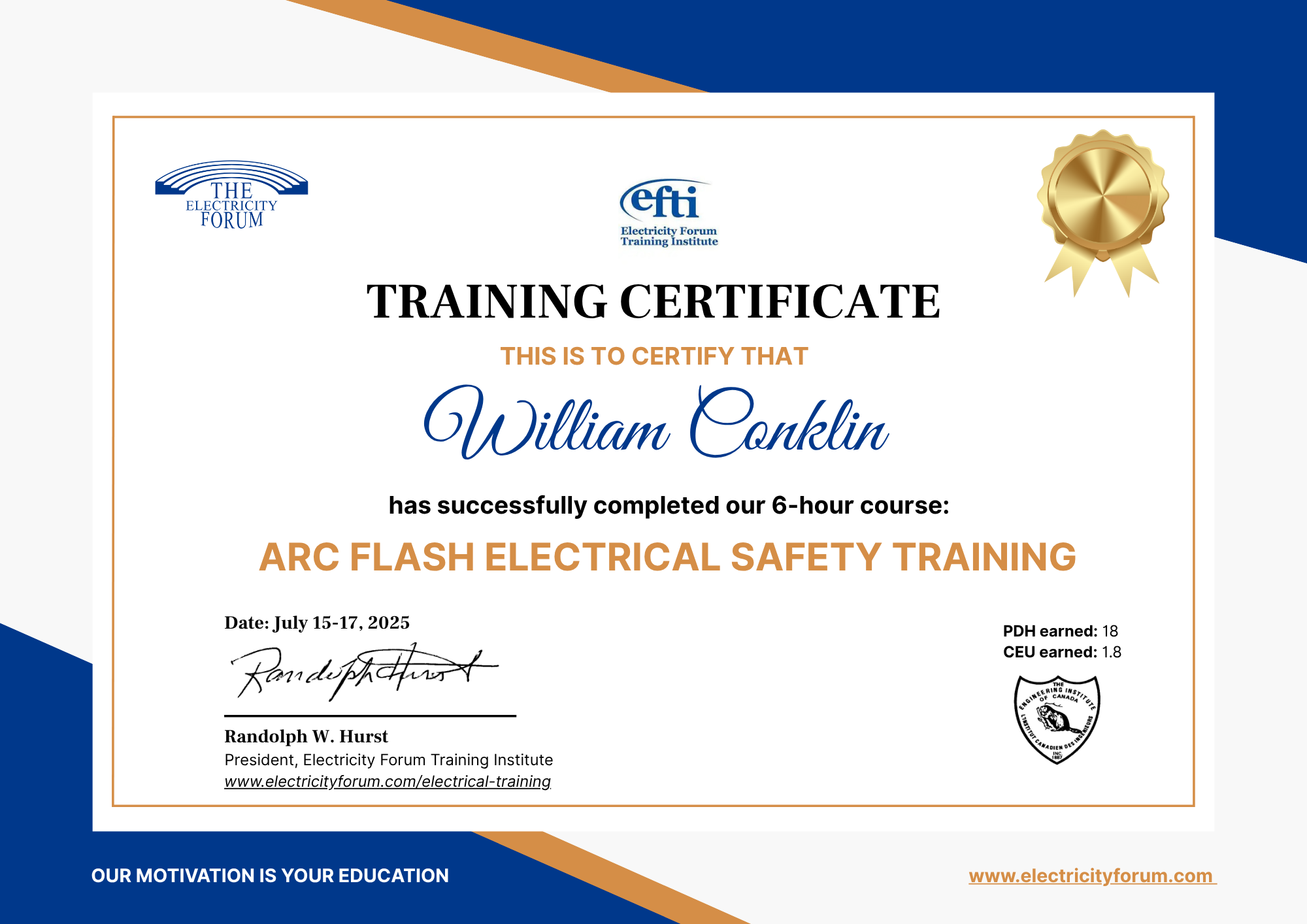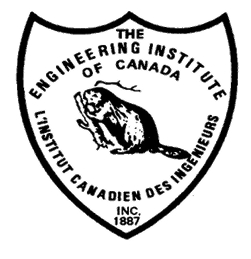Power Quality and Harmonics Training - Our 6-hour live online instructor led course explains harmonic distortion and its various causes, identifies problems associated with harmonics and practical limits for harmonic distortion. The course teaches students the methods necessary to identify, reduce and to avoid power quality harmonics problems and how to predict estimated levels of harmonic distortion.
Several real-life examples are worked as a group to demonstrate the techniques used to perform basic harmonic analysis, evaluate alternative equipment and to quantify the expected results.
Upon completion of this course, students should have a meaningful understanding of harmonic voltage and current distortion, the impact that harmonics can have on electric power systems, the typical causes, simple methods to analyze harmonic distortion and methods to minimize harmonics.
This course is applicable to electrical industry professionals serving either industrial or commercial environments. For maximum benefit of this course, participants should have an understanding of basic electrical principles such as Ohms law, power, electrical metering, motors, and general electrical equipment and systems and a working knowledge of basic algebra.
Harmonic currents flow in a circuit at multiples of the fundamental 60 hertz (Hz) frequency. For example, current flowing in a circuit at 180 Hz is the third harmonic (60 Hz multiplied by 3). Such currents are not directly indicated on multimeters and are usually not found until unusual control and equipment problems begin to surface. Comparing the current readings from an average-responding meter to that of a good quality true-rms meter on the same circuit will help indicate harmonic issues. The average-responding meter will indicate only the 60 hertz current and the True RMS meter will indicate a combination of 60 hertz and harmonic currents. The production and reflection of these harmonic currents back into the electrical distribution system can cause problems.
Power Quality and Harmonics Training course will teach professional technicians and engineers how to isolate harmonic problems at their source and mitigate their effects by either replacing the offending item or installing harmonic filters.
Related Courses
Power Quality Analysis Training
Power Quality Troubleshooting and Problem Solving
Power Quality in Motor Control Applications
Power Factor Correction Training
Power Quality Considerations for Energy Efficiency Retrofits

















